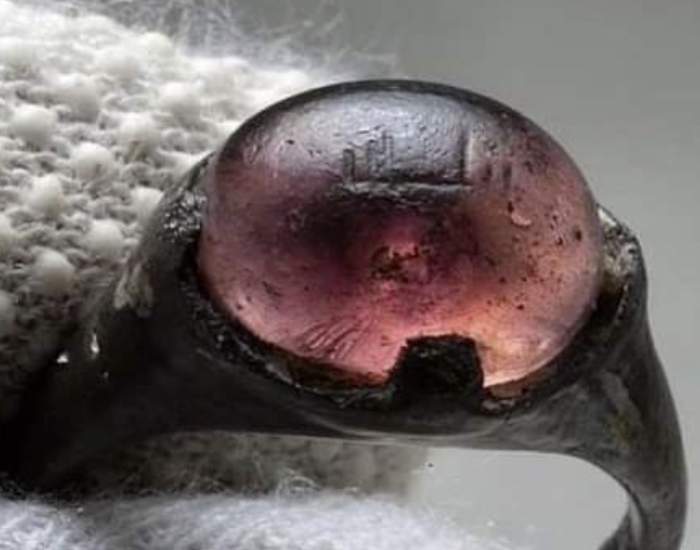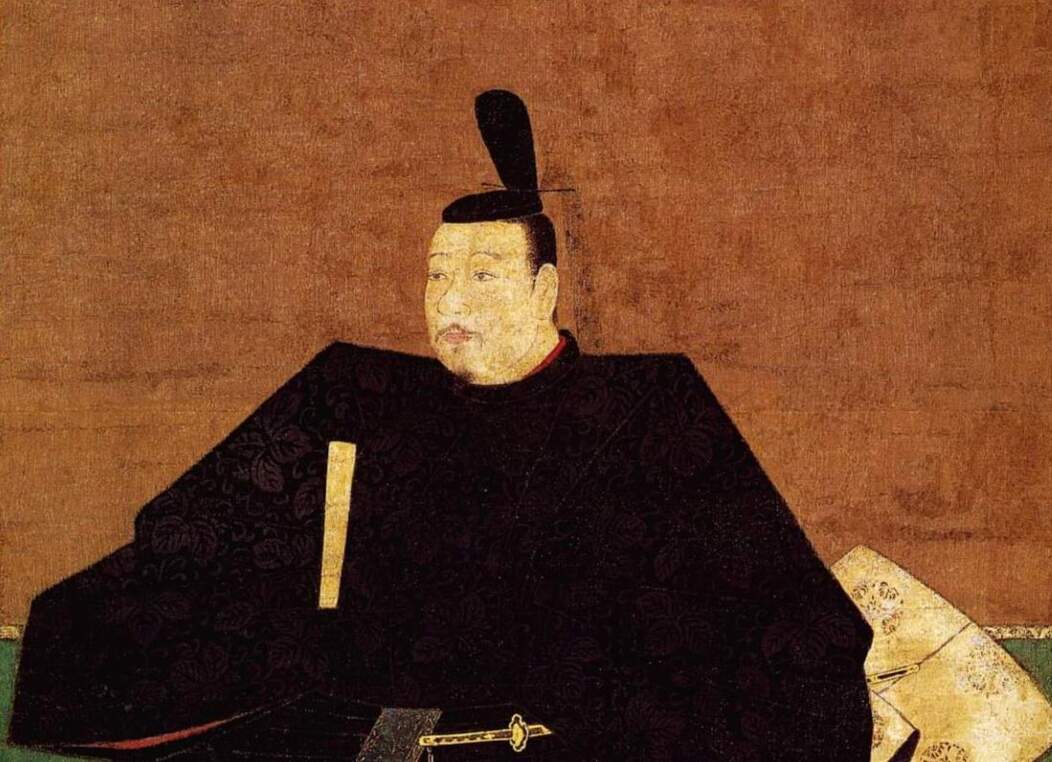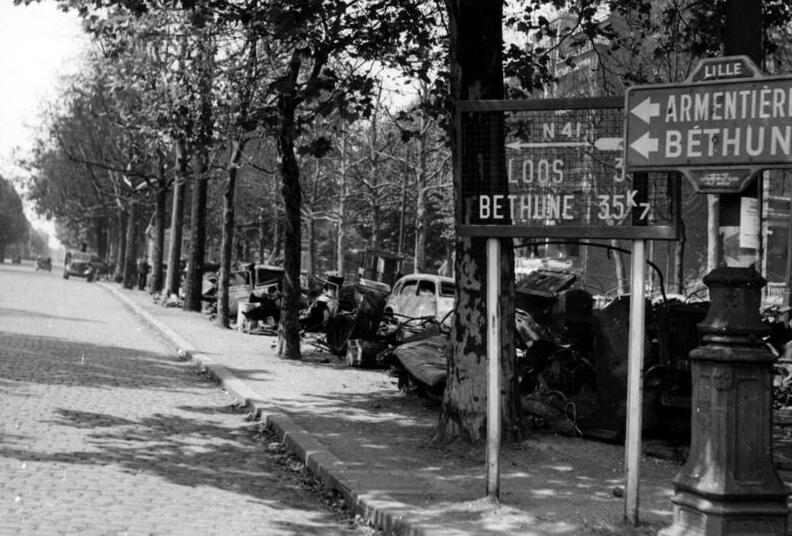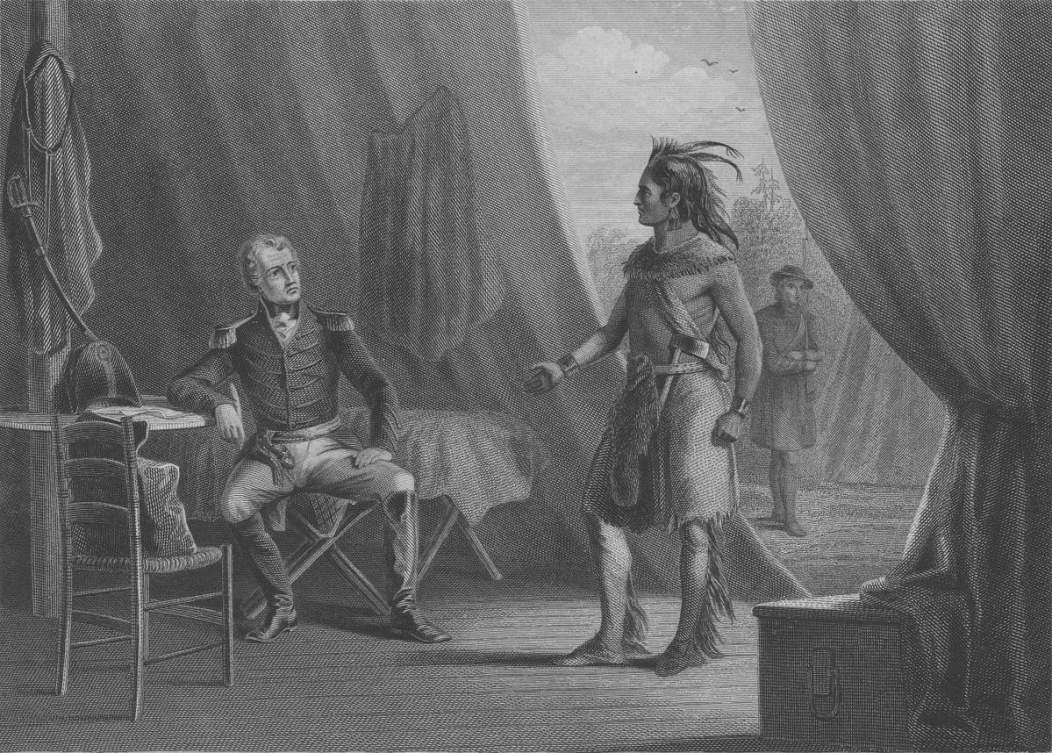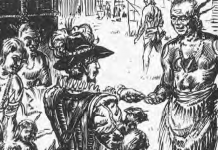An ancient ring inscription Allah discovered in a 9th-century AD Swedish grave. Historic tales and the finding of Islamic coins across the northern hemisphere have long proven contact between the Viking and Muslim civilizations, but an old ring discovered more than a century ago has provided new insight on the ties between the two.
The finger ring was discovered in a 9th-century AD Swedish grave; it features a pink-violet-colored glass and is inscribed with Arabic Kufic writing (Kufic script, developed in the Iraqi town of Kufah in the 7th century—one of the first Arabic scripts used to write down the holy book Quran).
A few years ago, researchers reexamined a silver ring from a female tomb at Birka (near Stockholm, Sweden). According to scholars, the letters appear to read “ALLAH,” which they translate as meaning “for/to (the approval of) Allah.” This ring is reportedly the only one in Scandinavia with an Arabic inscription.
Birka, a UNESCO World Heritage Site since 1993, was a major Viking trading center, and the find was made during a late 19th-century grave excavation in the town. The ring was originally cataloged as being made of gilded silver and violet amethyst, bearing the inscription “Allah.” It is currently housed in the collection of the Swedish History Museum.
According to researchers led by Sebastian Wärmländer of Stockholm University, “the ring’s composition was analyzed with “scanning electron microscopy (SEM) and energy dispersive X-ray spectroscopy (EDS).”. They discovered that the “amethyst” was actually colored glass. “For the stone, we must remember that even though colored glass might today be perceived as a ‘fake’ material of lower value, this was not necessarily so in the past,” the team warned.
More importantly, experts discovered filing marks and no evidence of the gold that had been thought to coat the ring, despite the fact that glass production started about 5,000 years ago in the Levant.
The file markings clearly demonstrate that the previous description of the ring as gilded was incorrect, in addition to the lack of gold on the metal surface: if the surface had been gilt and the gold layer had worn away, the file markings would have also disappeared. However, the metal surface shows no signs of wear, and since the original file marks are still present, the ring has never been heavily worn.
The investigative team thinks the woman received this ring from an Arabic craftsman. Hence, there were few or no other owners in between, despite the fact that foreign money was also found in the burial, many of them from Afghanistan. The coins were “usually worn and torn… from passing many hands along the established trade routes,” according to researchers.
The ring’s owner was discovered dressed in typical Scandinavian garb, but the experts claimed that because of the grave’s partially decomposed bones, it was impossible to identify her ethnicity. “There is a possibility that the woman or someone associated with her may have traveled to or originated from the Caliphate (which at the time spanned from Tunisia to the borders of India) or its environs,” they stated.
Even though accounts of travel between the Viking world and the Islamic caliphate date back thousands of years, the researchers noted that stories of these trips frequently made mention of “giants and dragons,” making it difficult to distinguish fact from fiction. The Birka ring under study is significant because it most elegantly supports old stories about direct interactions between Scandinavia during the Viking Age and the Islamic world. These interactions must have made the exchange of goods, ideas, and news much more efficient than indirect trade that involved multiple middlemen, the authors concluded.
Read More: The Purpose of Cave Paintings?
